
Predicting the Woman Hairstyles of the Future: 7 Trends Shaping the Next Decade | Tech & Sustainability
12 min read

12 min read

12 min read
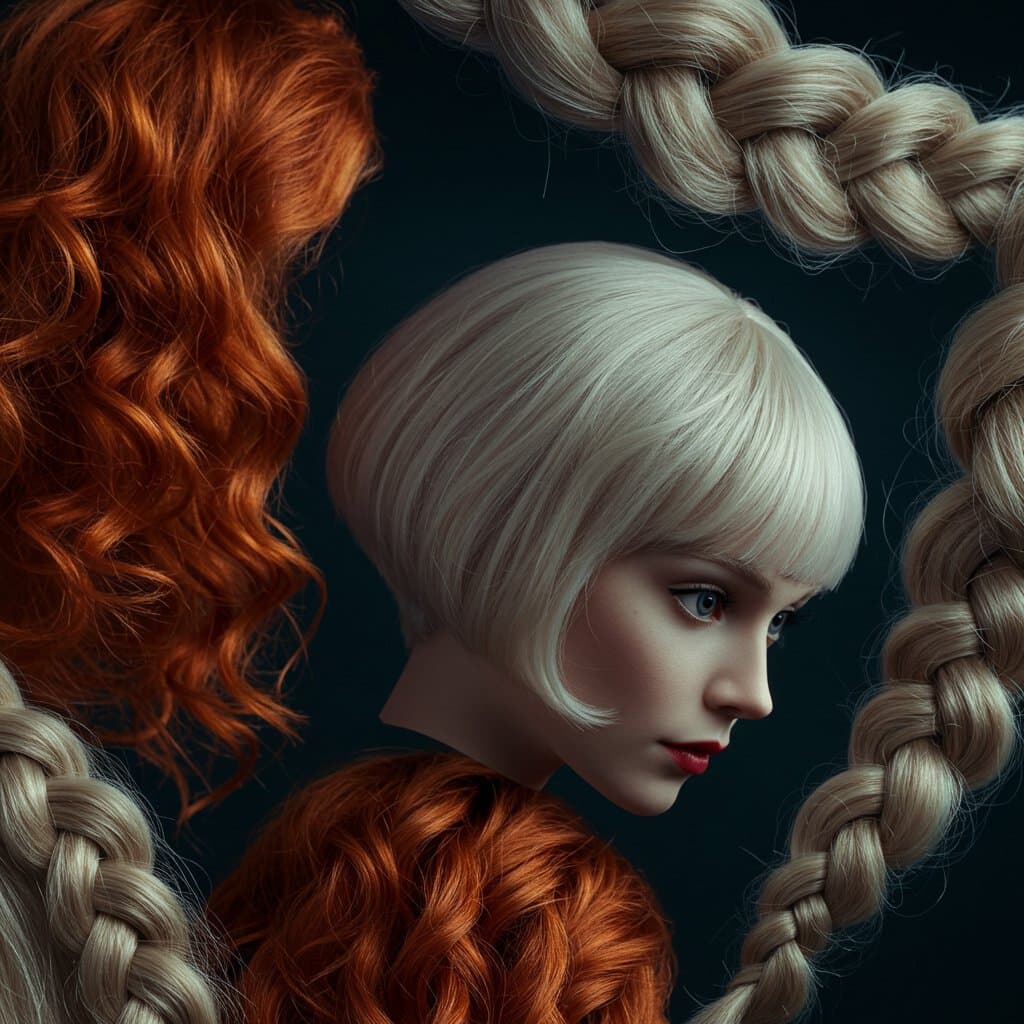
14 min read
Download our app to instantly see how you'd look with any hairstyle or color
Get the App
13 min read

18 min read
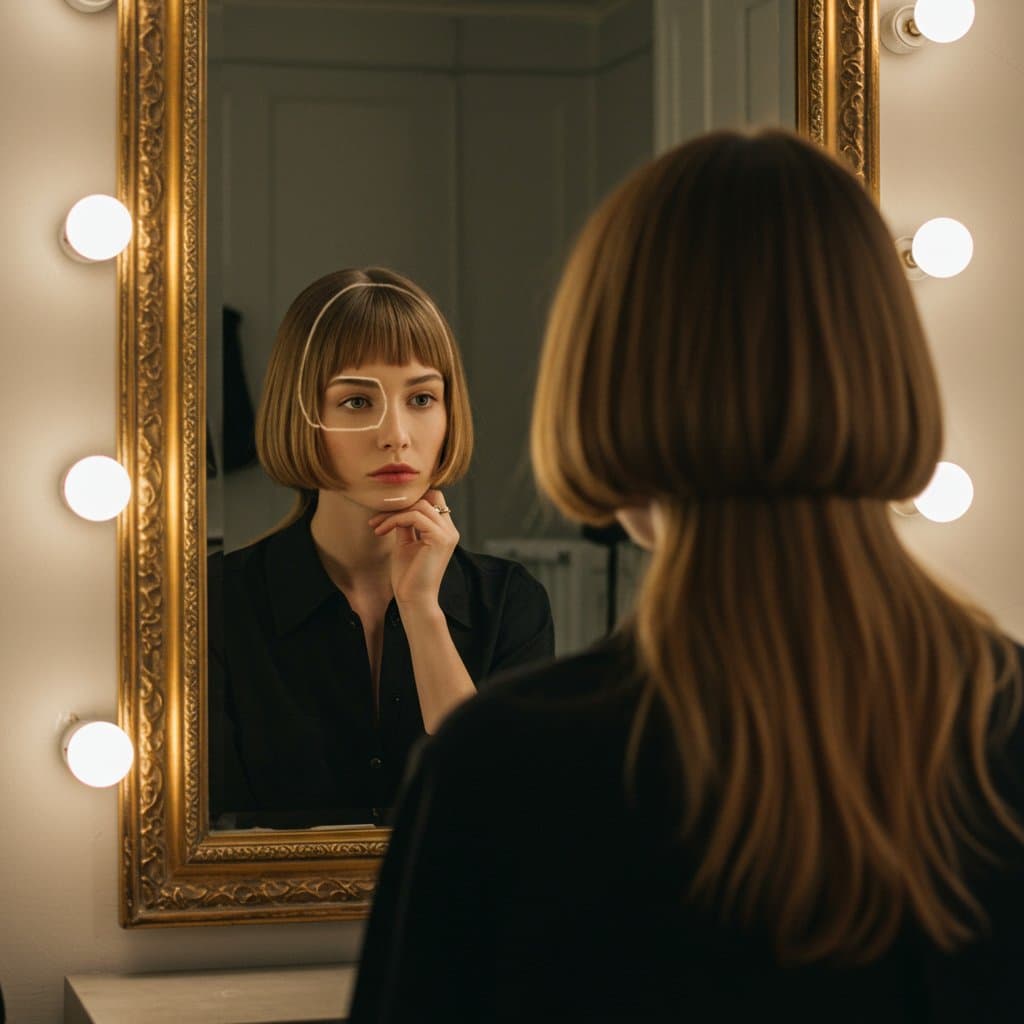
12 min read
Download our app to instantly see how you'd look with any hairstyle or color
Get the AppThe 20th century was a period of unprecedented change, and nowhere is this more visible than in the evolution of men's hairstyles. More than just a matter of grooming, hair became a powerful symbol of identity, rebellion, social status, and cultural shifts. From the rigidly structured cuts of the early decades to the free-flowing locks of the 70s and the anti-fashion statements of the 90s, each era's signature look tells a story about the world at that time. This deep dive explores the decade-by-decade transformation of men's hair, showcasing how historical events, music, and Hollywood shaped the styles that defined a generation.

Understanding this history isn't just a nostalgic trip; it's a source of inspiration for today's trends. Many of the most popular contemporary cuts—the fade, the undercut, the textured crop—have their roots firmly planted in the 20th century. By examining this sartorial timeline, we can appreciate the cyclical nature of fashion and discover how classic looks are constantly being reinterpreted. Join us as we trace the remarkable journey of men's hair and see how the past continues to influence the styles we see in barbershops and on the streets today.
The early decades of the 20th century were defined by a sense of order and formality, a sharp contrast to the chaos of the First World War. Men's hairstyles reflected this, with an emphasis on sharp, clean, and immaculately groomed looks. The goal was to appear polished and sophisticated, a look popularised by silent film stars like Rudolph Valentino and business tycoons. This was the era of the 'patent leather' hair, achieved with heavy, oil-based products like brilliantine and pomade, which gave a high-shine, wet look that held every strand perfectly in place.
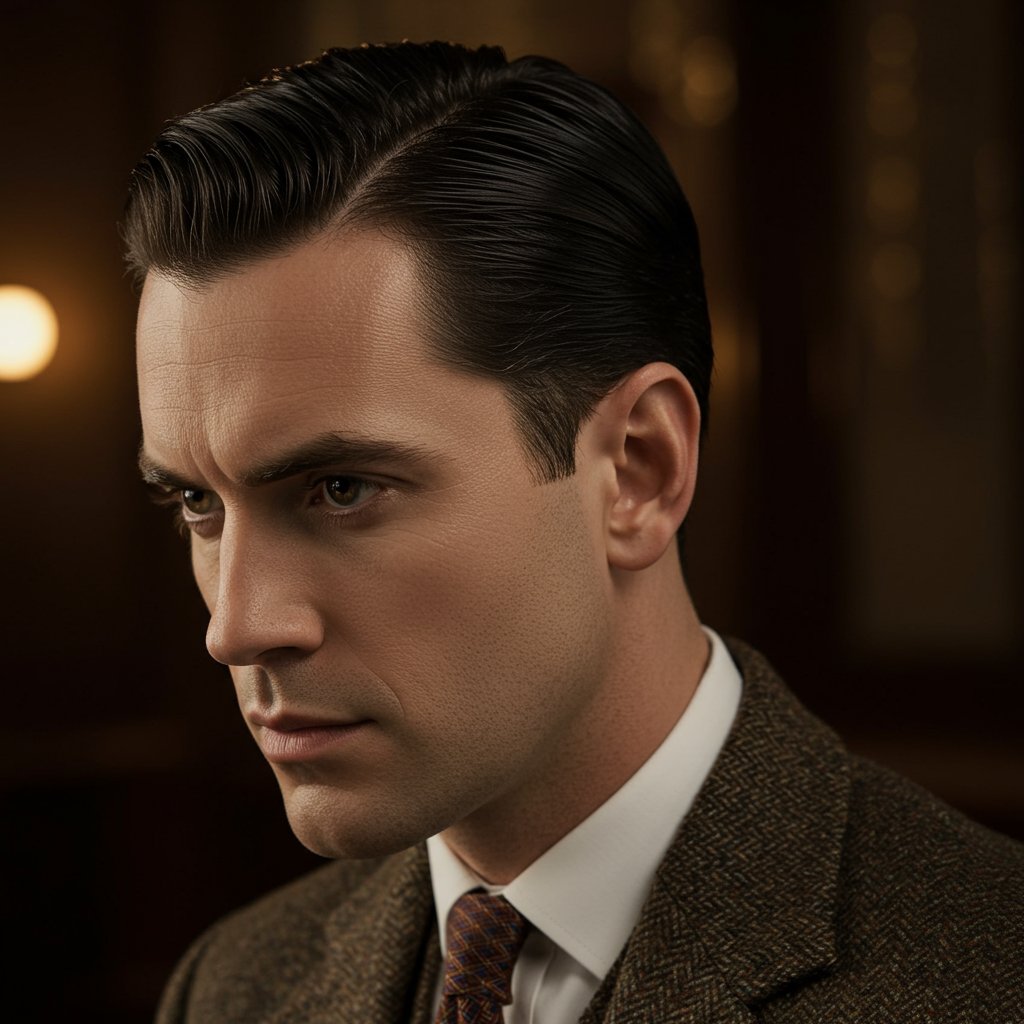
The mid-20th century was a tale of two distinct eras. The 1940s, dominated by World War II, saw hairstyles become more conservative and practical, heavily influenced by military regulations. The post-war boom of the 1950s, however, unleashed a new wave of youthful rebellion, and hair became one of the primary battlegrounds for self-expression, breaking sharply from the restrained styles of the previous generation.
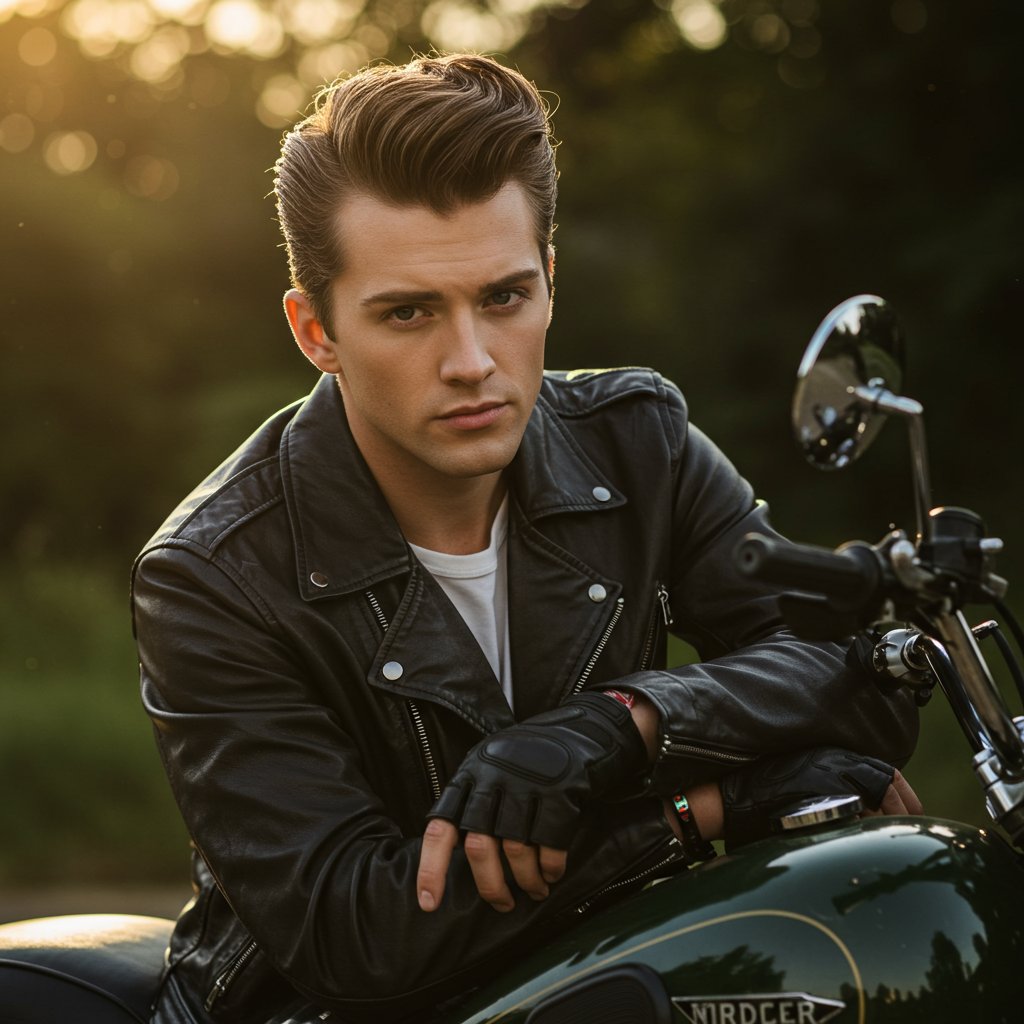
The 1960s marked a seismic cultural shift, and men's hair broke free from the rigid, product-heavy styles of the 50s. A softer, longer, and more natural look took hold, driven by the British Invasion and the burgeoning counter-culture movement. Hair became a symbol of non-conformity and a rejection of the establishment. The local barbershop, once the epicenter of men's grooming, saw its influence wane as unisex salons began to emerge to cater to these longer, more stylized cuts.
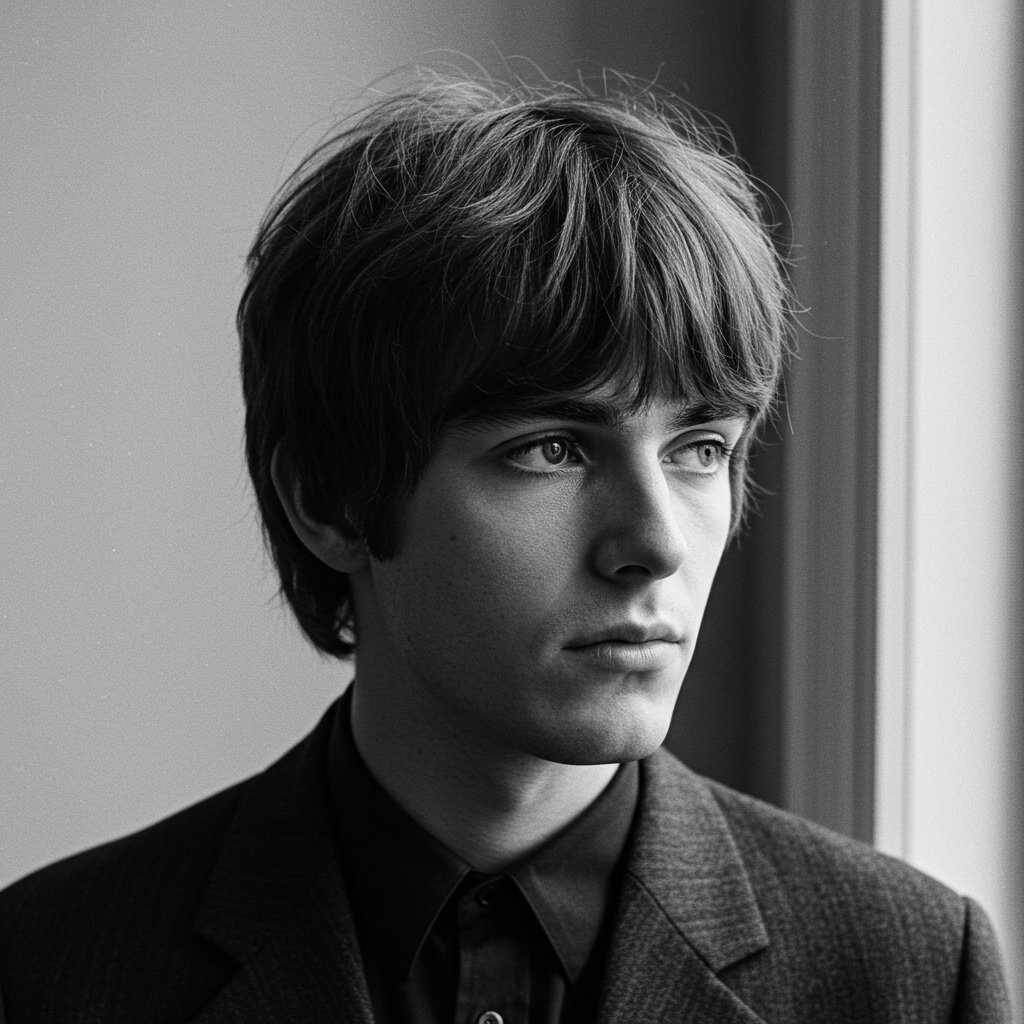
If the 60s opened the door to longer hair, the 70s blew it off its hinges. This was the decade of androgyny, rock 'n' roll excess, and disco fever, and men's hairstyles became longer, shaggier, and more voluminous than ever before. Individuality was key, and styles ranged from bone-straight center parts to feathered waves and full-blown mullets. The use of hairdryers became commonplace for men, allowing for the creation of softer, more sculpted looks that required styling rather than just product.
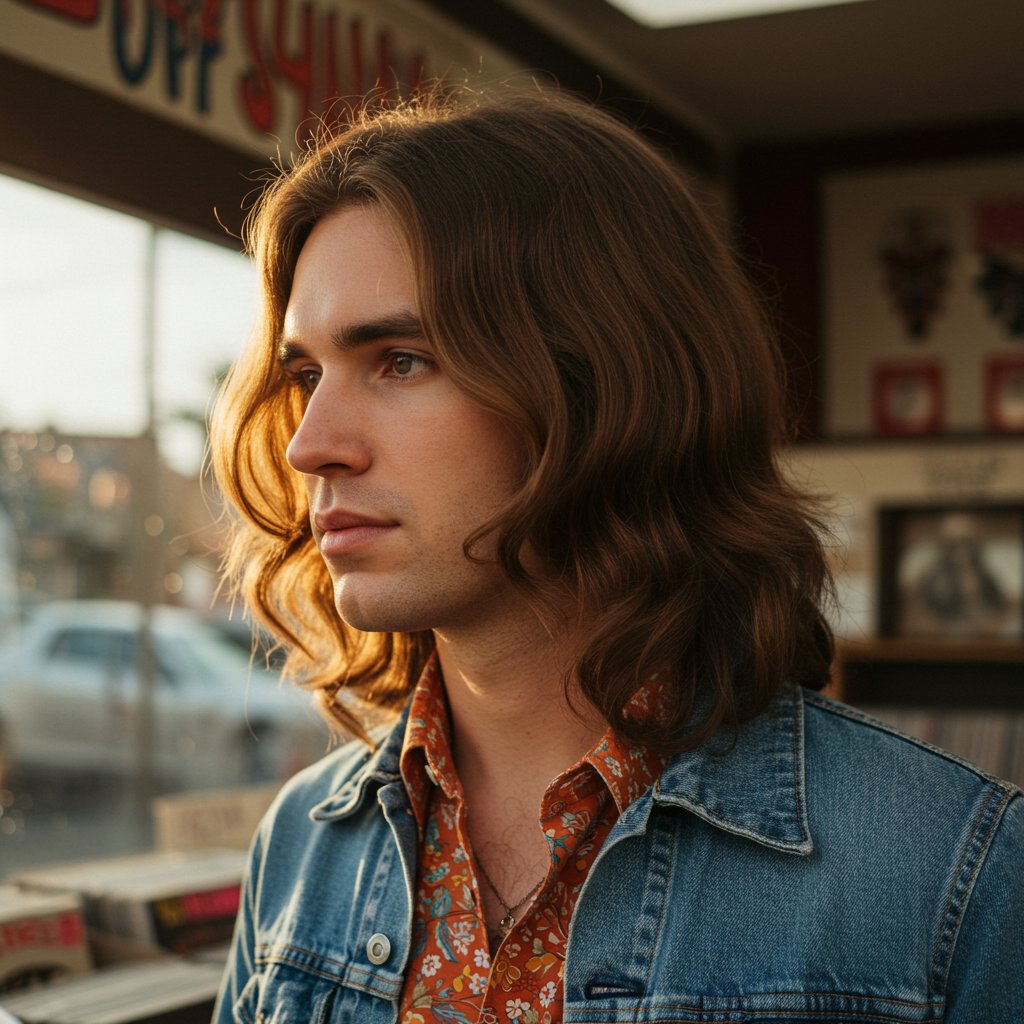
The 1980s was a decade of bold statements, and hair was no exception. Bigger was better, and styles were often gravity-defying, held in place by copious amounts of mousse, gel, and hairspray. The era was a melting pot of influences, from punk rock and new wave to the nascent hip-hop culture and the slick aesthetic of Wall Street 'yuppies.' This led to an incredible diversity of styles, where personal expression was pushed to its limits.
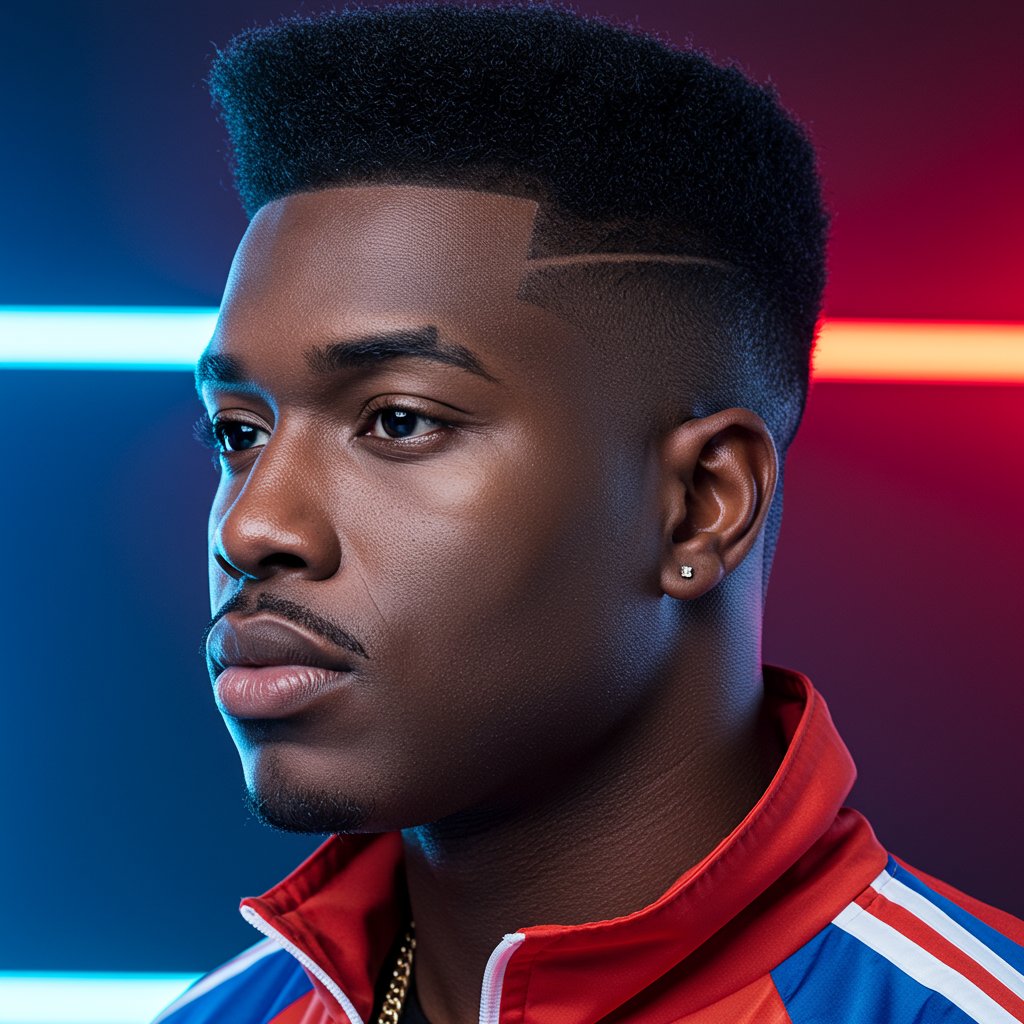
The 1990s was a decade of contrasts. On one hand, the grunge movement from Seattle championed an anti-fashion, unkempt aesthetic. On the other, the rise of boy bands and Britpop brought back more polished, deliberately styled looks. This dichotomy meant that men's hair could either be a statement of effortless indifference or a carefully crafted element of a pop-culture image. Product use shifted from high-hold sprays to lighter waxes, pomades, and even sun-in for creating highlights.
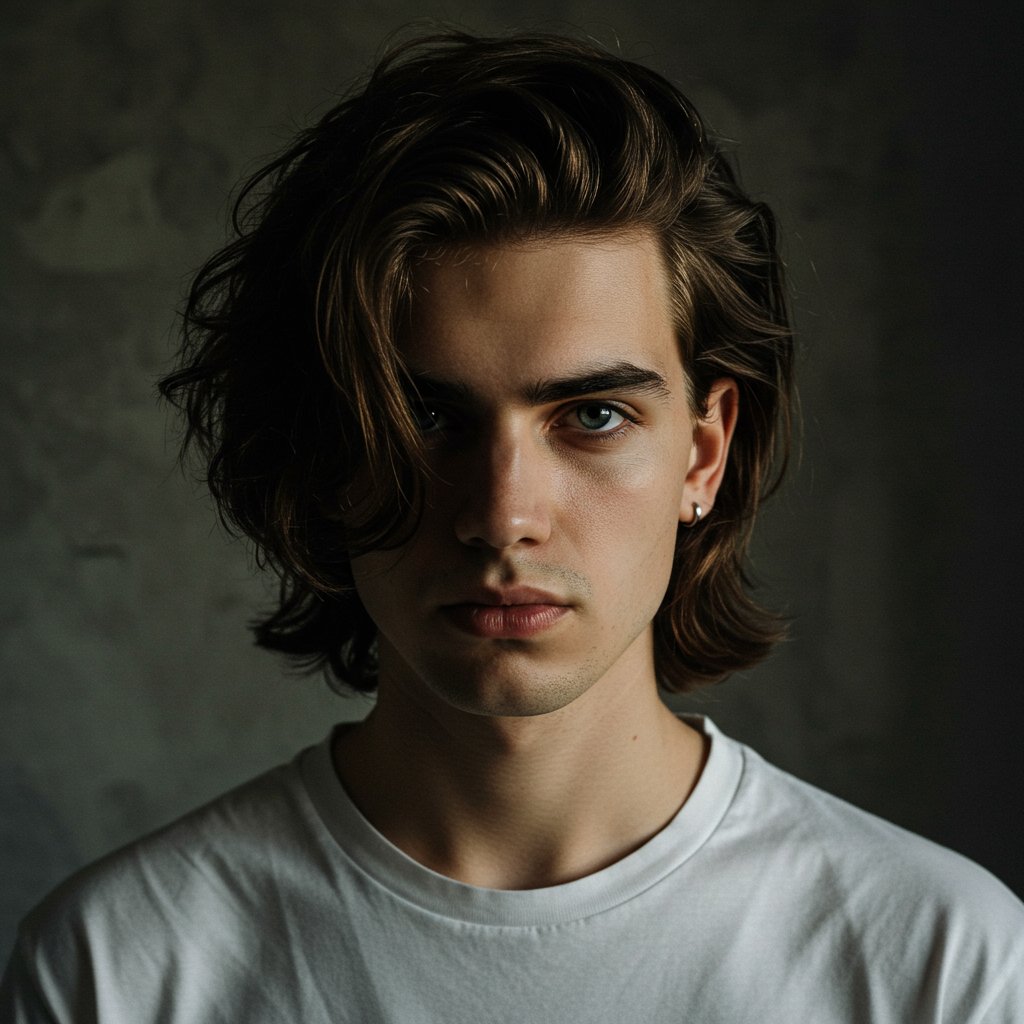
The 21st century has seen a massive resurgence of classic 20th-century hairstyles, re-imagined for a modern audience. The sharp side part and undercut of the 1920s have evolved into the popular skin fade with a hard part. The 1950s pompadour is back, but often with a matte finish and more texture, paired with a disconnected fade for a contemporary edge. Even the longer, flowing styles of the 70s and the curtains of the 90s are making a comeback, embraced by a new generation.
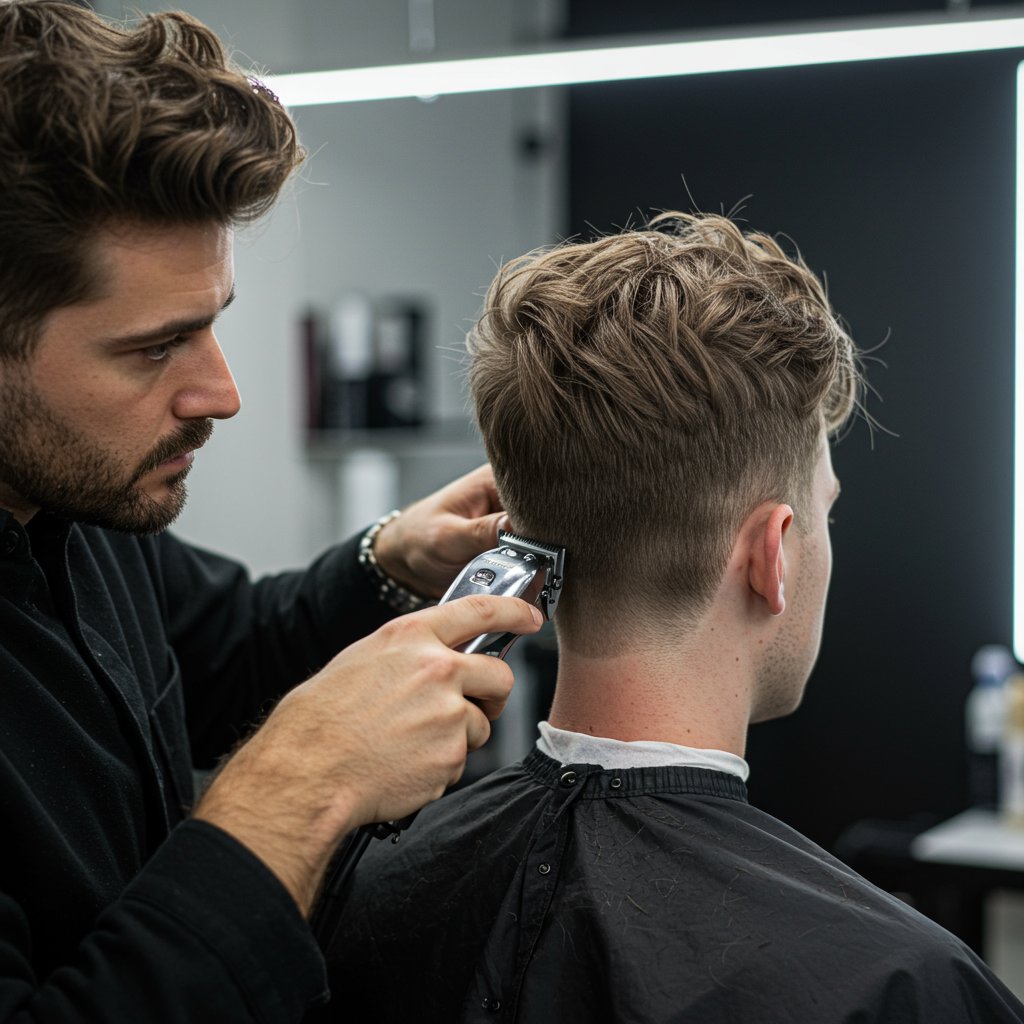
Today's top stylists are masters of blending historical influences with modern techniques. They use advanced tools and a wide array of sophisticated products—from sea salt sprays to matte clays and styling powders—to create looks that are both nostalgic and fresh. The key difference is personalization. While a 1950s greaser aimed for a uniform look, today's client wants a classic style tailored specifically to their hair type, face shape, and lifestyle. This fusion of past and present ensures that the rich legacy of 20th-century hair continues to thrive.
Want to rock a classic cut? Here are a few professional tips to help you nail that vintage-inspired hairstyle.

1. What was the most popular men's hairstyle of the 20th century? It's difficult to name just one, as popularity varied drastically by decade. However, the short back and sides with a side part was a foundational style that persisted in various forms from the 1920s through the 1960s, making it arguably the most enduring and widespread look of the century.
2. How did technology influence men's hairstyles? Technology played a huge role. The invention of the electric clipper in the early 1900s allowed for the precision needed for fades and tapers. The handheld hairdryer becoming a household item in the 70s enabled men to create voluminous, feathered styles that were previously impossible to achieve at home.
3. What products were used for the 'greaser' look in the 1950s? The iconic 50s greaser look was typically created with heavy, petroleum-based pomades like Brylcreem or Murray's Superior Hair Dressing Pomade. These products provided a strong hold and high-shine finish, which were essential for sculpting pompadours and ducktails.
4. Can I adapt a vintage hairstyle for my modern lifestyle? Absolutely. A skilled stylist can tailor any vintage cut to be more practical for today. For example, they can add more texture for a lower-maintenance look, incorporate a modern fade, or recommend products that offer a strong hold without the heavy grease of traditional pomades.
5. Which 20th-century hairstyle is making the biggest comeback? Currently, 90s styles are seeing a massive resurgence. The 'curtains' hairstyle, textured crops, and even modern, subtler takes on the mullet are becoming increasingly popular, blending nostalgia with contemporary styling techniques.
6. How important is face shape when choosing a vintage hairstyle? Face shape is very important. A square face shape can be complemented by a softer, more rounded style like a Mop-Top, while a round face can be elongated by the height of a pompadour. A professional stylist can help you choose a vintage look that best balances your features.
The evolution of men's hairstyles throughout the 20th century is a vivid reflection of our changing world. Each style, from the disciplined side part of the 1920s to the rebellious grunge of the 1990s, is a time capsule, preserving the attitudes, aspirations, and aesthetics of its era. These looks were more than just trends; they were declarations of identity, shaped by movie stars, musicians, and social movements.
As we continue to see these classic styles reinterpreted on runways and city streets, it's clear that their influence is timeless. They provide an endless well of inspiration for both stylists and clients, proving that a great haircut never truly goes out of style. Whether you're drawn to the polished elegance of a bygone era or the rebellious spirit of another, exploring this rich history can help you find a look that is not only stylish but also uniquely you. To bring a piece of this history to your own look, consult a professional stylist who can help you perfectly blend the classic with the contemporary.
Download our app to instantly see how you'd look with any hairstyle or color
Get the App
12 min read

12 min read

14 min read